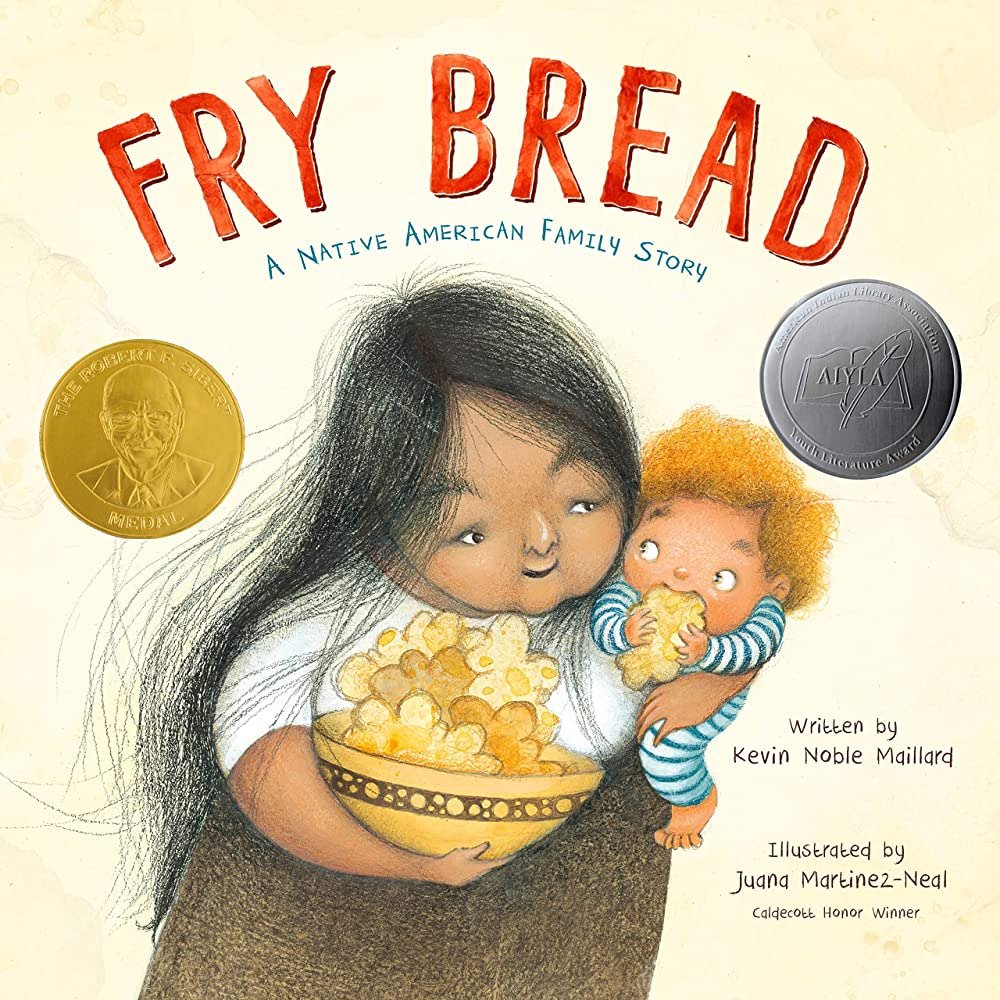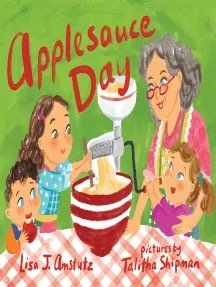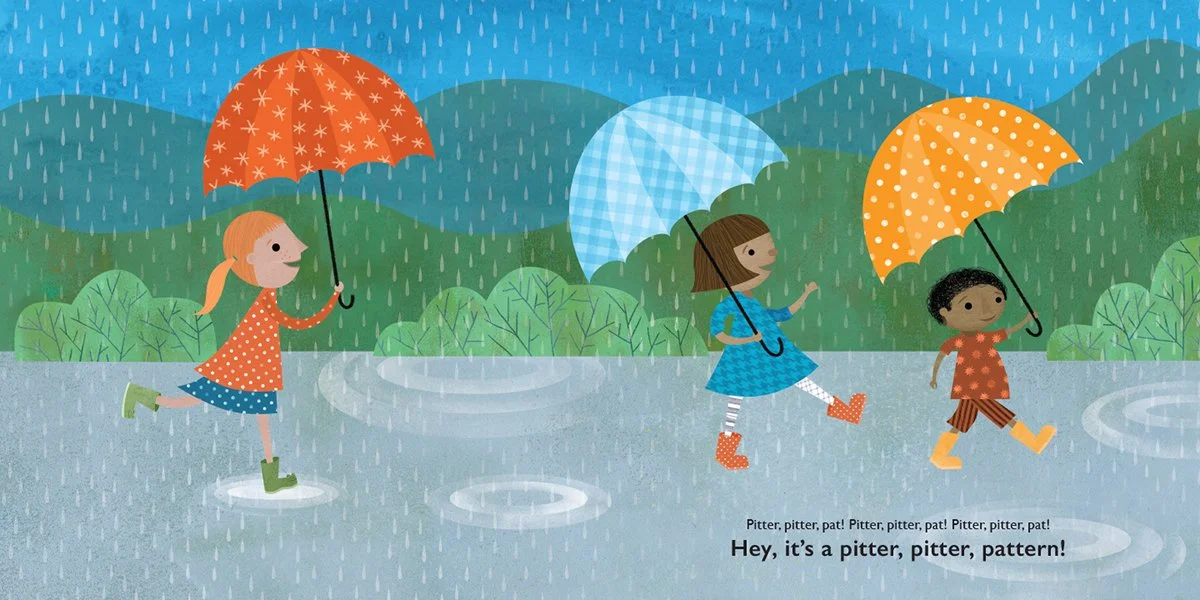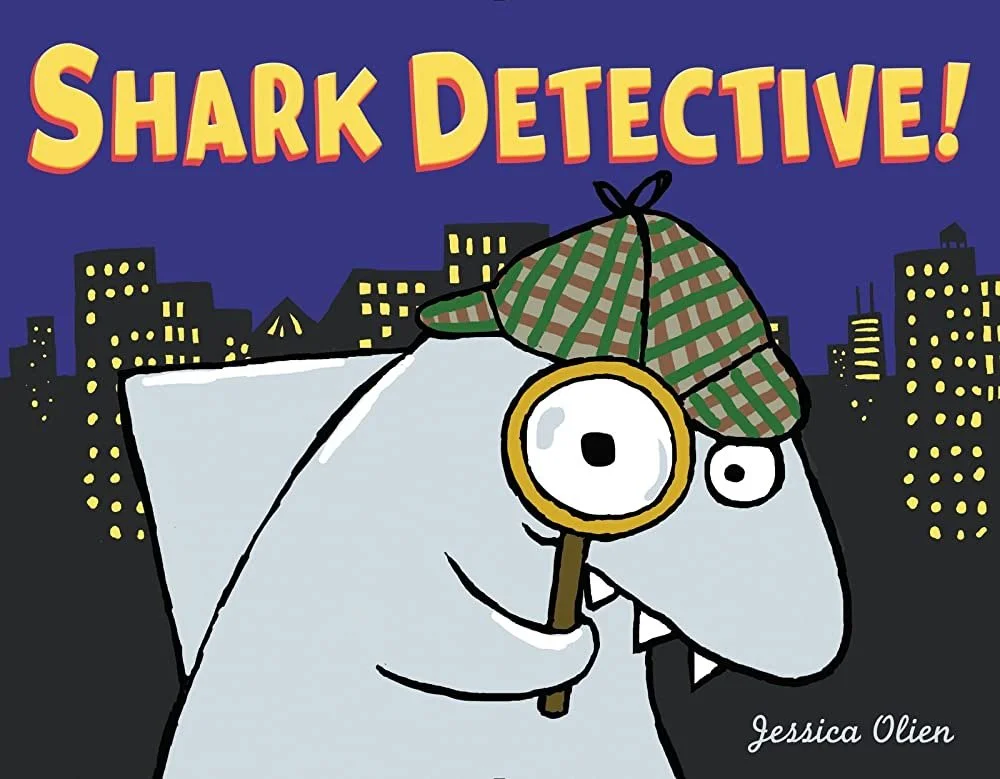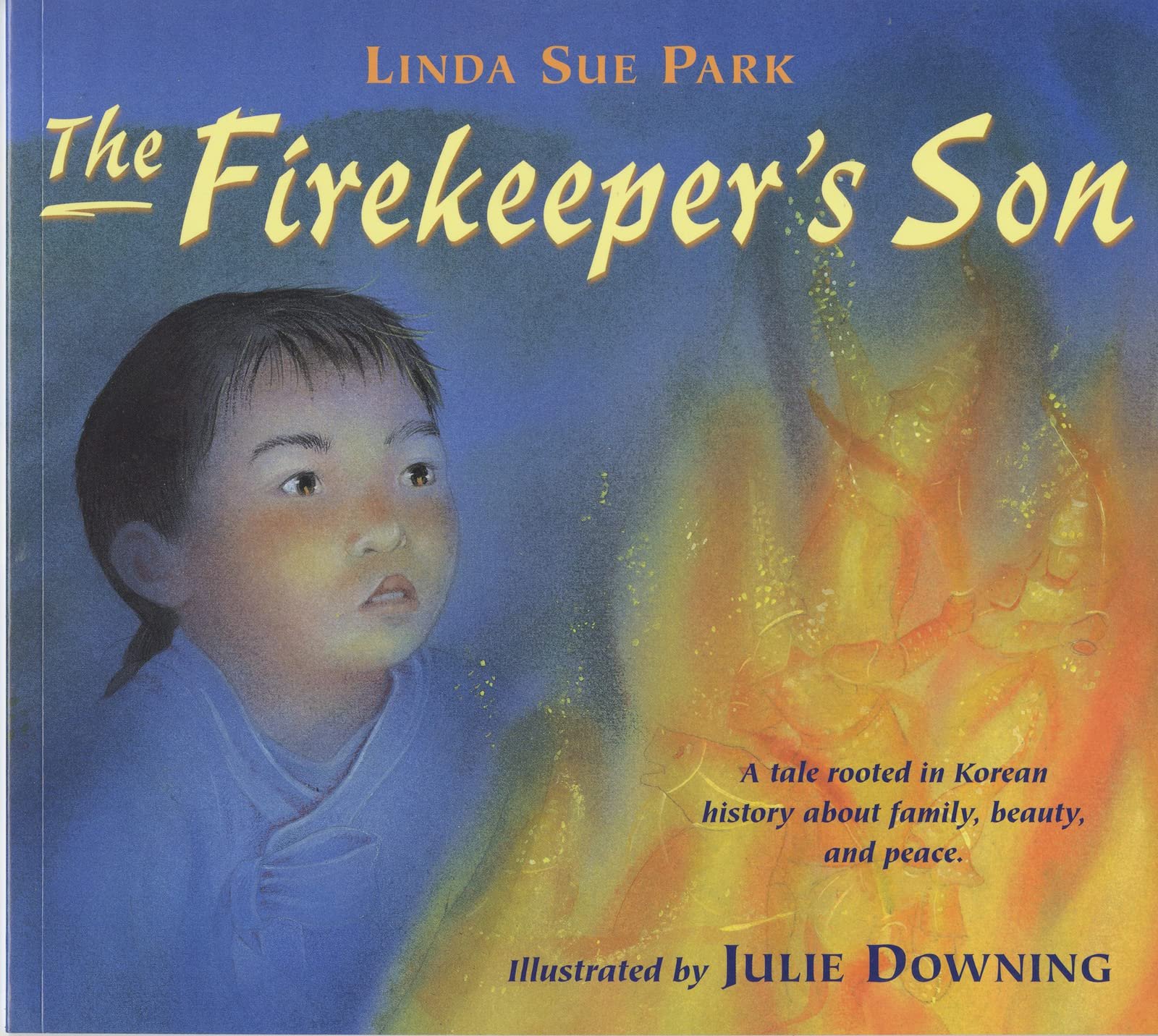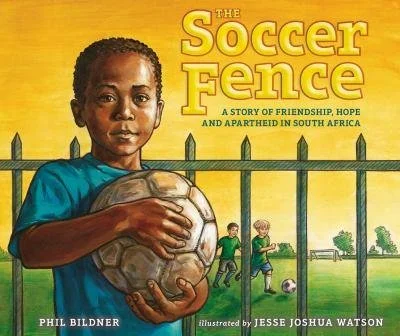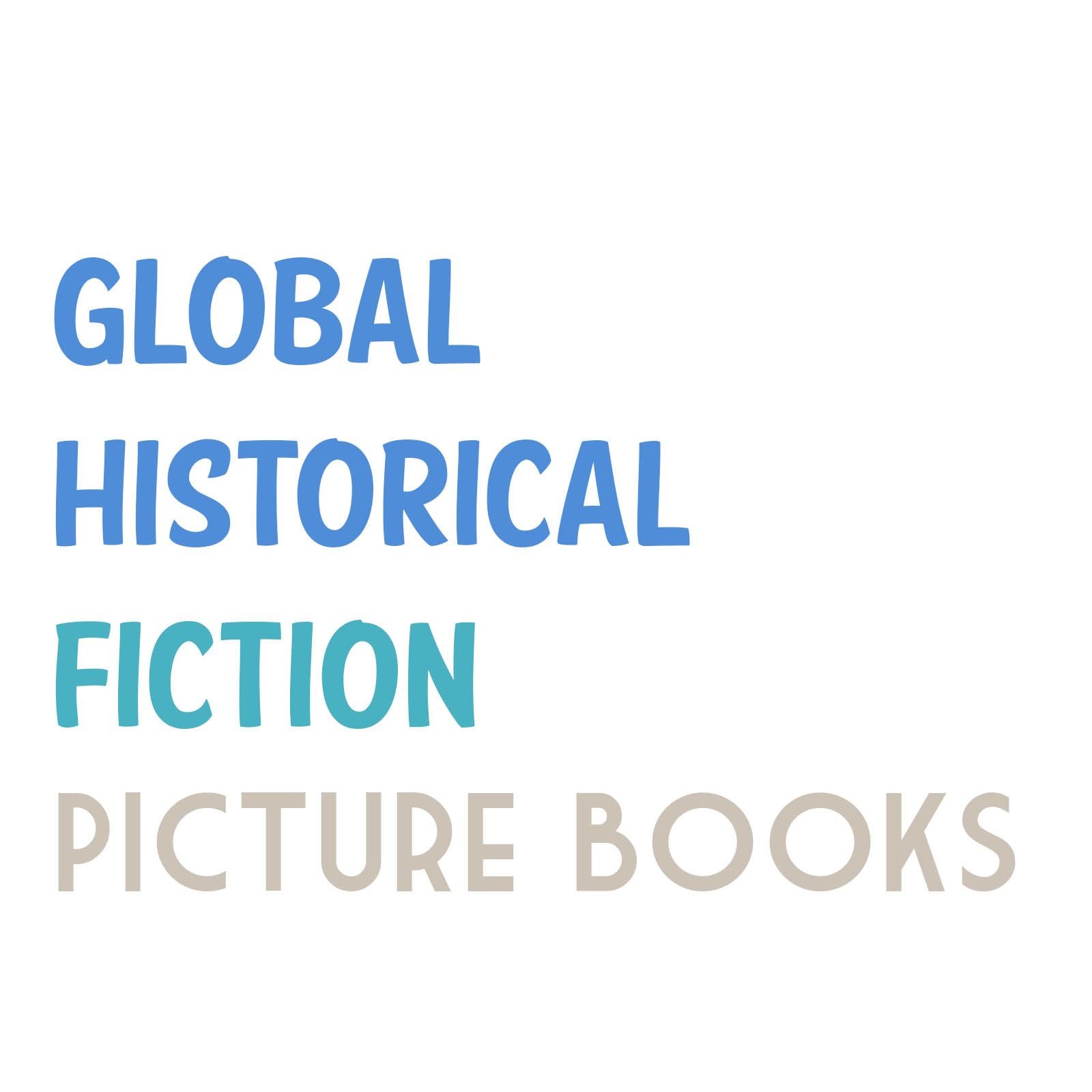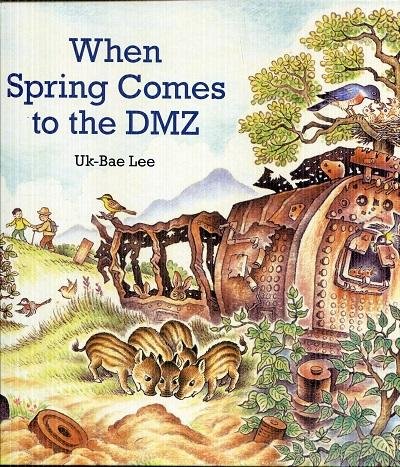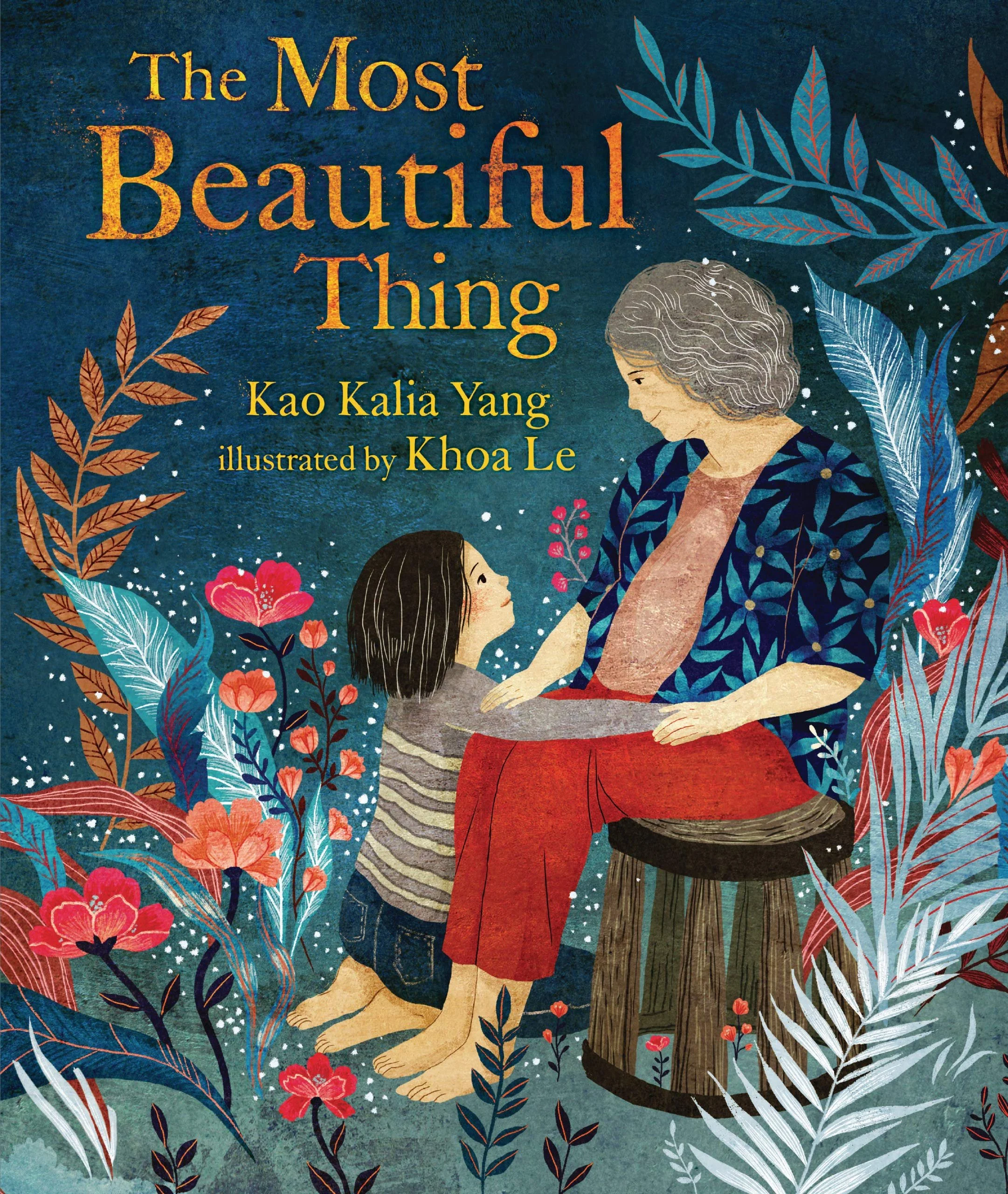We are so excited to have Jennifer Kraar join us today to share information about Activism Picture Books!
Jen is the children’s and young adult buyer at the City of Asylum Bookstore, which features international, translated, and historically underrepresented authors. While earning her MFA from the Vermont College of Fine Arts, she wrote a critical thesis and lecture called: Rise Up! Write On! Crafting Characters Who Make a Difference. When not writing picture books and middle grade novels, she bakes scones and knits. She and her husband are addicted to French (and sometimes Australian) detective mystery series.
Picture books with themes of community activism can help children make sense of protests and give them a feeling of hope for the future. More and more people are raising their voices to speak about the injustices in the world. The number of protests around the world has doubled in the last decade. https://www.visionofhumanity.org/civil-unrest-on-the-rise/ We can be sure that many of our young picture book readers have witnessed demonstrations for social justice. These events can be confusing and upsetting. There are so many recently published picture book titles with themes of activism and social justice that it is difficult to choose which one to read. How can we tell if a book is helping a child understand the difficult concepts of social justice?
The stories that I find most compelling are told from a child’s perspective, and that child has a personal connection to the social justice cause that is at the heart of the story. This character’s journey is fueled by a cause they care about deeply.
Viva’s Voice by Raquel Donoso, illustrated by Carlos Vélez
“Since the day she was born, Viva’s voice had been the mightiest in the room.” When Viva’s quiet father joins a protest of striking bus drivers, Viva wants to go with him. After promising to stay close to her dad, she is allowed to march. Viva ‘s voice helps give her father, who is shy, the courage he needs to belt out his speech. The wonderful end matter describes how this story is based on the author’s childhood experience, gives facts about labor unions, and has child- appropriate questions for discussion.
Until Someone Listens: a Story About Borders, Family and One Girl’s Mission by Estela Juarez with Lissette Norman, illustrated by Teresa Martínez
A child’s voice plays a big part in his non-fiction story. A little girl tells us how her happy family life is broken by unfair immigration practices. Because her mother is undocumented, she is deported to Mexico. The young girl tried to right this wrong by writing letters to Congress, the President, the newspapers, and anyone who would listen. She says, “I discovered my words have power . . . and I won’t stop using my voice until someone listens.”
Lola Out Loud: Inspired by the Childhood of Activist Dolores Huerta by Jennifer Torres, illustrated by Sara Palacios
Lola’s loud, inquisitive voice gets her in trouble with her mother who is trying to run a hotel. When Lola witnesses injustices in her neighborhood, she can’t keep quiet. This incident, where Lola uses her voice for change, was an imagined part of the life of Dolores Huerta’s, the real-life civil rights activist and leader.
Lubaya’s Quiet Roar by Marilyn Nelson, paintings by Philemona Williamson
In this lyrical book, we meet quiet Lubaya who prefers to be alone. She expresses herself by making drawings on the back of her parents’ old protest posters. When the family is compelled to attend another protest march, Lubaya’s art helps inspire the crowd.
I Am Somebody by Nyasha Williams, illustrated by Ashley Evans
When an indignant young girl observes small injustices during her day, which include everything from littering to bullying, she remarks that somebody should do something. Her family helps her to realize that everyone is a somebody who can create change. Children will be able to relate to this concrete description of everyday activism.
Hands Up! by Breanna J. McDaniel, illustrated by Shane W. Evans
Spare text and joyful pictures show a young girl named Viv using her hands in different ways as she grows. First, she reaches for the sun, the bookshelf, and raises her arms to put her shirt on. Later we see her getting a helping hand after a bike accident and throwing hoops. Finally, Viv joins with her community in a protest march where they raise their hands together in resistance and solidarity.




















